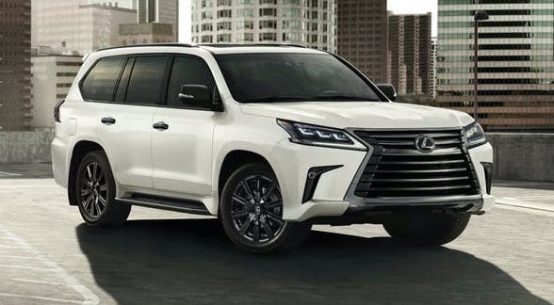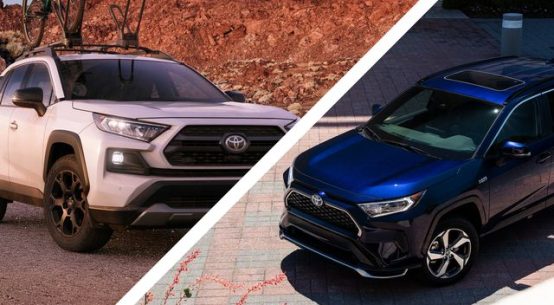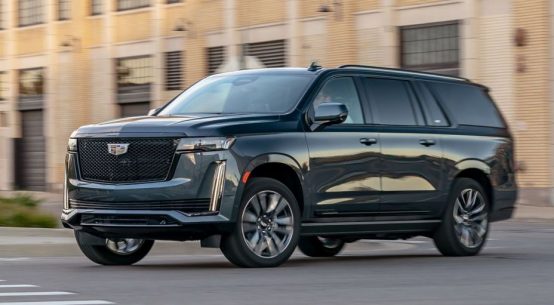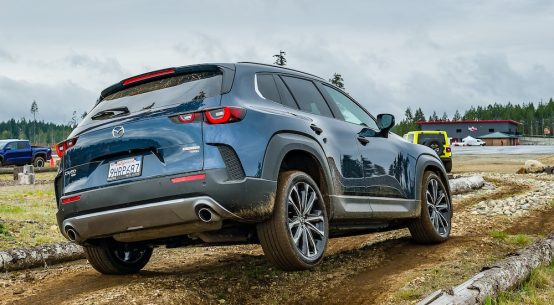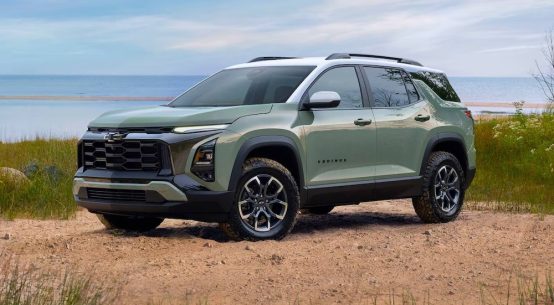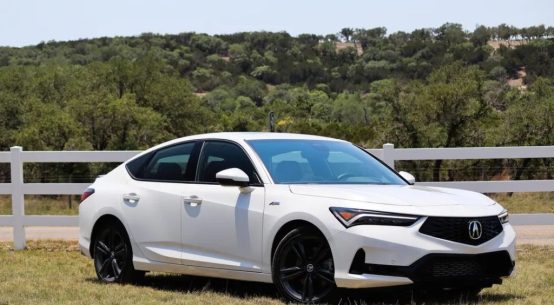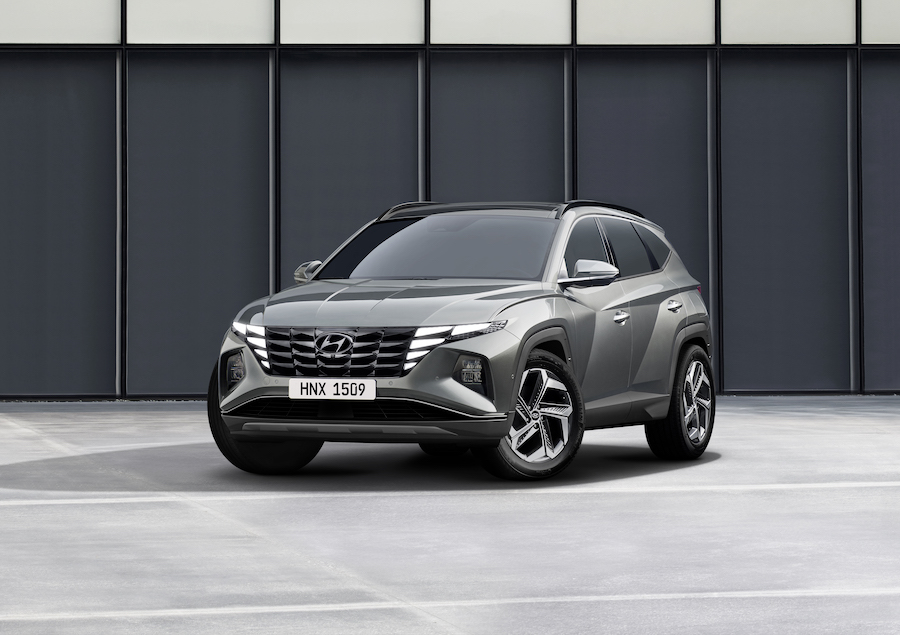
Hyundai Motor Company today launched the all-new Hyundai Tucson. The fourth-generation compact SUV (C-SUV) is a global model, with a long-wheelbase variant[1] and a short-wheelbase variant[2] for meeting various customer needs.
The all-new Tucson is an important launch for Hyundai as the model is among its most popular, racking up global sales of more than 7 million units since its original launch in 2004. Hyundai expects the new model to attract even more customers with its cutting-edge design, roominess, class-leading digital capabilities, dynamic ride and handling and excellent fuel efficiency.
“We are thrilled to introduce the all-new Tucson, the latest model in Hyundai’s SUV transformation,” said Thomas Schemera, Executive Vice President, Head of Product Division at Hyundai Motor Group. “This exciting vehicle sets a new benchmark for innovation in its segment, delivering an impressive blend of design, technology, packaging and performance.”
Pros
- Available with a gas engine, or as a hybrid or plug-in hybrid
- Wider and longer, with dramatic new styling
- Tech-friendly interior loaded with connectivity and safety features
- Spacious cabin is easy to reconfigure
Cons
- New styling may not be for everyone
- Giant touchscreen may show a lot of fingerprints
- Adaptive cruise control is optional, not included in safety suite
The all-new Tucson goes on sale in Korea in September as a 2021 model. It will go on sale in the U.S. and other global markets as a 2022 model starting from the first half of 2021.
Parametric Dynamic Exterior Design, Serene and Spacious Interior
Tucson’s new exterior styling expresses Hyundai’s evolving Sensuous Sportiness design identity. The new SUV embodies what Hyundai designers call ‘parametric dynamics’ with kinetic jewel surface details that emphasizes Tucson’s distinctly different identity in a crowded segment.
Tucson is designed to appeal to those who embrace the integration of technologies with their lifestyle; these tech-savvy consumers adopt the latest gadgets to enhance their lives. Tucson’s integration of technology and design is most evident in its innovative half-mirror type daytime running lamps (DRLs) that are assimilated seamlessly within the parametric grille, only revealed when illuminated.
The kinetic design theme carries over to the rear where the full-width taillamp incorporates half-hidden triangular shapes that are only visible when lit, echoing the DRL on the front. In order to achieve the purity of this design theme, the Hyundai logo moved up and is integrated into the glass while the wiper also moves up and hides under the rear spoiler.
Tucson gasoline models offer the following seven exterior colors: White Cream, Phantom Black, Shimmering Silver, Nocturne Gray, Amazon Gray, Flame Red, and Intense Blue, six of which are new for Tucson. Hybrid and plug-in hybrid models offer the following four colors: White Cream, Phantom Black, Shimmering Silver, and Intense Blue, three of which are new for Tucson. The SUV’s interior environments come in black or gray tones in either cloth or leather material.
Tucson’s interior, or ‘INTERSPACE’, offers layered, sensuous forms that provide a feeling of openness and serenity. This is a place where space, technology and information seamlessly blend. The broad ridge of the dashboard blends consistently with the doors, wrapping around front occupants like a deep gorge. The vertically oriented, fully integrated center fascia descends to the console like a waterfall. Twin silver garnish lines streaming from the center fascia to the rear doors harmonize neatly layered premium surface materials in complementary neutral tones. Ambient mood lighting is adjustable to 64 colors in 10 levels of brightness.

The interior offers three new technologies, including a vertically stacked, dual 10.25-inch full-touch screen exempt of hard buttons, a multi-air ventilation system and an open, hoodless digital gauge cluster. These features create a high-tech, fresh and exciting ambience, with cushioned materials on high-touch areas, various material applications based on the frequency of interface and a premium presence. Tucson’s second-row seats will feature fold-and-dive functionality for optimized reconfiguration capability between passengers and cargo. Its cargo volume will provide an exceptional 38.7 cubic feet of usable space.
Dynamic Drive, Ride and Handling
Tucson offers both Smartstream™ 2.5-liter, direct-injected, four-cylinder, gasoline powertrain and powerful 1.6-liter, turbo, direct-injected, hybrid or plug-in hybrid powertrains. The 2.5-liter engine has an estimated output of 190 PS and an estimated torque rating of 182 lb.-ft. This engine is coupled to an 8-speed automatic transmission for excellent efficiency and acceleration.
The 1.6-liter hybrid powertrain produces an estimated 180 PS, with a combined powertrain output of 230 PS. It also produces 195 lb.-ft. of torque from the gasoline engine and 258 lb.-ft. of torque from the combined hybrid powertrain. This new powertrain uses Continuously Variable Valve Duration (CVVD) technology that manages valve opening duration for optimal power, efficiency and emissions with minimized compromise.
Tucson was tuned to deliver agility and stability. Hyundai applied its first-in-class E-Handling technology for HEV and PHEV models to help improve steering response and directional stability when cornering or in adverse driving conditions. Tucson drivers get further assistance from Hyundai’s HTRAC all-wheel-drive system that provides sure footing on various road surfaces and conditions. While HTRAC previously supported Eco / Comfort / Smart / Sport driving modes, the latest version adds Mud, Sand and Snow in some markets.
Tucson offers more safety features than ever. The Hyundai SmartSense safety feature suite includes: Highway Driving Assist (HDA), Forward Collision-Avoidance Assist (FCA) with pedestrian detection, Lane Keeping Assist (LKA), Lane Following Assist (LFA), Blind-Spot View Monitor, Blind-Spot Collision Warning (BCW), Surround View Monitor, Reverse Parking Collision-Avoidance Assist (RPCA), Remote Smart Parking Assist (RSPA), High Beam Assist (HBA), and Driver Attention Warning (DAW). The all-new Tucson is available with advanced technology features including Blind-Spot Collision-Avoidance Assist (BCA) with Rear Cross-Traffic Collision-Avoidance Assist (RCCA) Advanced Smart Cruise Control (SCC) with Stop and Go and Safe Exit Warning (SEW).
Best-in-Class Digital Experiences
Compact SUV buyers expect a lot from their vehicles. For one thing, they expect to stay connected wherever we go, and Tucson provides this capability. Tucson offers best-in-class digital experiences that support diverse customer needs including connectivity.
To begin with, Hyundai’s Digital Key is an app that turns the customer’s smartphone into a smart key. It uses Near Field Communication (NFC) to detect authorized users, so they can operate their vehicle without a physical key present. Customers can lock and unlock their vehicle, activate the panic alert and start the engine and its climate control system from up to 90 feet away.
Tucson’s full-touch display—home to navigation, air and infotainment controls—demonstrates how technology can be seamlessly integrated to provide an ergonomic and intuitive user interface, including convenient voice control. Tucson’s technology integration reaches its apex with the top-trim model’s 10.25-inch full-touch navigation screen. The navigation system offers split-screen functionality that enables multi-tasking capabilities, coupled with enhanced voice recognition.
Tucson offers advanced technologies that customers will appreciate whether driving to work or at play. Tucson offers an 8-inch color touchscreen coupled with wireless Apple CarPlay® and Android Auto®. Customers can connect two phones simultaneously. Bluetooth allows driver and passenger to alternate between their playlists without disconnecting and reconnecting their respective phones. The BOSE Premium audio system provides high-quality sound. Thanks to enhanced connectivity with smart devices, customers can also check their schedules from inside the vehicle in conjunction with an external calendar app and setting their appointment as a destination.
Tucson’s new Car-to-home feature allows customers to control smart home appliances from the car. They can turn on the air conditioner at home before their arrival on very hot, humid summer days. Furthermore, Tucson’s new Multi-Command function allows customers to “warm-up the car”— including heating system, heated steering wheel and seat warmers—with a single voice command.
Hyundai benchmarked Tucson’s direct and indirect ventilation against sophisticated systems used on aircraft to provide next-level comfort. The climate system monitors air quality in the vehicle and purifies the air. It indicates real-time air-pollution levels on the Dual Automatic Temperature Control display window using the fine dust detection sensor. Tucson is the first model to feature technology that reduces moisture from the evaporator and keeps the air-conditioning system clean and free of odor helping to maintain a pleasant environment inside the vehicle. The Car-to-home and air purification features are available in select markets.
Tucson’s enhanced natural language voice recognition system includes Speech-to-Meaning and Deep Meaning Understanding technologies. In select markets, Blue Link is complimentary for three years and includes Remote Start with Climate Control, Remote Door Lock/Unlock, Stolen Vehicle Recovery and Destination Search by Voice.
Tucson N Line Goes Global
Hyundai has been introducing more N Line variants of its models in recent months, providing an attractive entry point to its high-performance N brand. Last year, the company introduced the Tucson N Line in the European market. For the all-new Tucson, Hyundai plans to offer N Line globally with a launch date to be announced later.
